A three-day adventure in Hokkaido’s Tsurui Village
Located on the eastern edge of Hokkaido, the small village of Tsurui sits nestled in the hills overlooking Kushiro Marsh. Tsurui is renowned for its nature and its proximity to the Kushiro Shitsugen National Park, and its location near Kushiro Airport makes it the perfect spot for a trip when traveling through Hokkaido.
With a population of roughly 2400 people, it is a quaint village surrounded by nature. It's a great spot with many attractions, but without the crowds of tourists you would find in the bustling city of Sapporo.
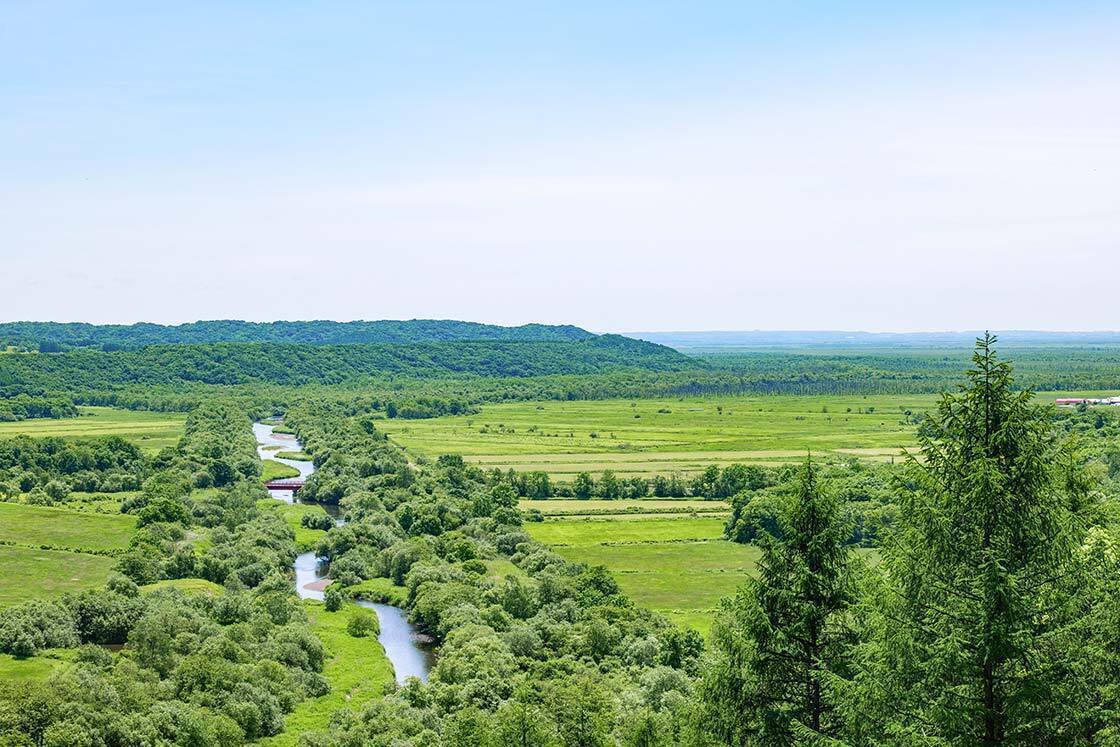
The main attraction in Tsurui is its nature. It overlooks Kushiro Marsh to the south, a vast marshland along Hokkaido's southeastern coast that is home to a wide array of plant and animal life. With an area of over 288 square kilometers, it is the largest marshland in Japan. The area is designated as Kushiro Shitsugen National Park and is home to much of Japan's population of the iconic and endangered red-crowned crane, known as "tancho" in Japanese. It was also the first Japanese marshland to be registered under the Ramsar Convention. North of Tsurui are the volcanic mountains and massive lakes of Akan-Mashu National Park.
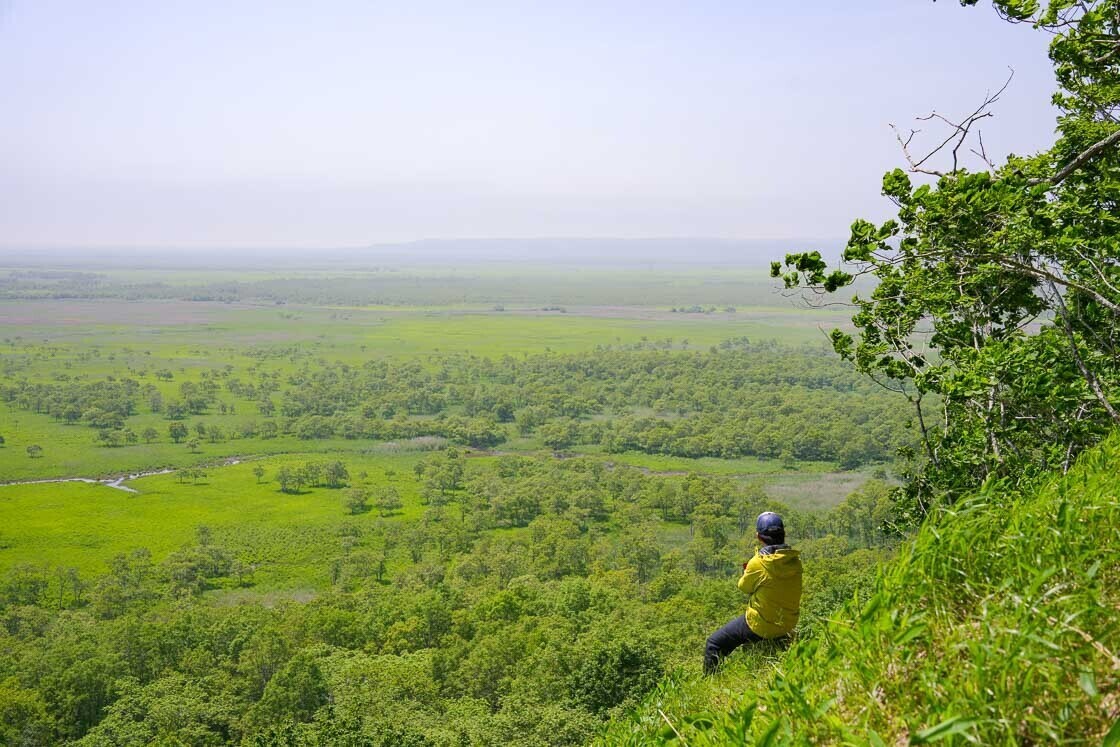
Tsurui's main industry is dairy farming. The area's climate is perfect for keeping cows comfortable all year round and results in high-quality dairy goods like Tsurui's award-winning natural cheeses, yogurt, and ice cream.
This 3-day trip highlights just how much the natural beauty of Tsurui has to offer, and shows how you can make the most out of a few days in the Japanese countryside.
Day 1: Arriving in Tsurui and trekking
I start my journey arriving at Kushiro Airport, roughly a 1-hour flight from Sapporo and a 1.5-hour flight from Haneda Airport in Tokyo. After being picked up at the airport, we drive 25 minutes to the Hotel Yume Koubou, located on the edge of Tsurui. Surrounded by forest and overlooking the marshlands, the Hotel Yume Koubou takes its location to heart. Its architecture and atmosphere take inspiration from the surrounding forest, calling to mind a cozy log cabin.
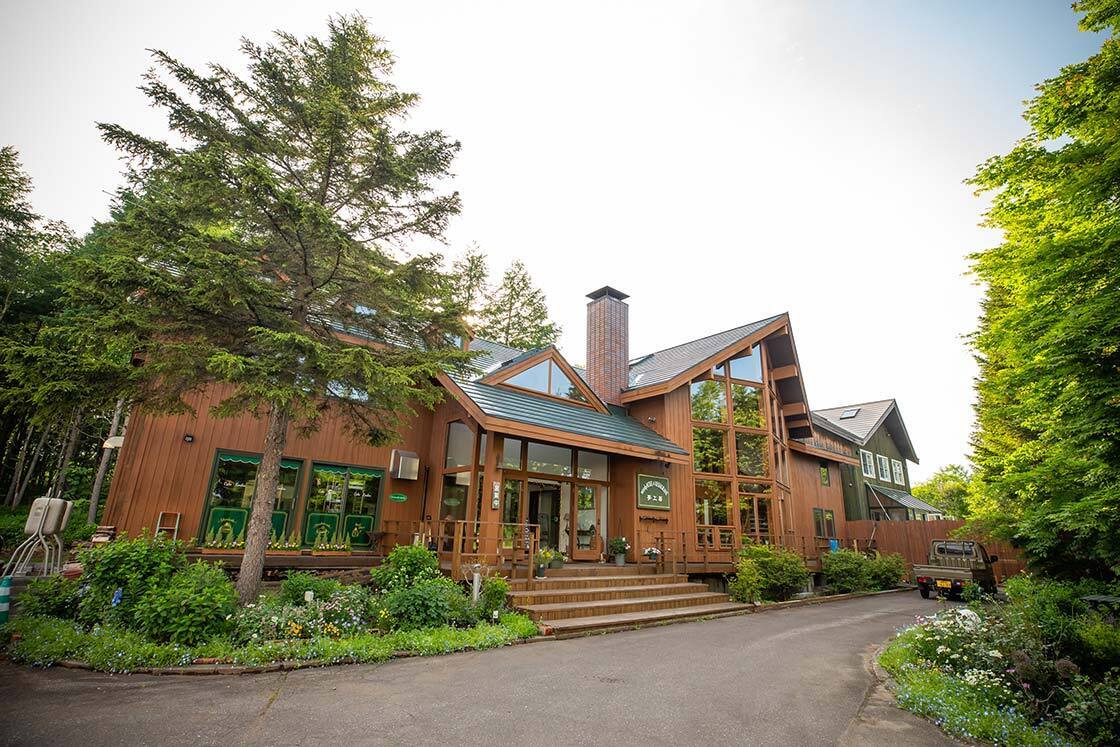
After checking in, we go on the first stop: a nature tour trekking through the forests to the source of the Setsuri River, one of the major rivers that empties into the Kushiro Marsh. The waters come from the mountains of Akan-Mashu National Park to the north. We are accompanied by a guide who introduces the plants and birds inhabiting the marsh, as well as the various industries and products of Tsurui. We then make our way back to the hotel to relax and soak up the cozy atmosphere, feeling like we're part of the forest.
For the first night we eat at the hotel, with options like beef stew and pasta that use high-quality, natural ingredients that are locally sourced from Hokkaido. After dinner, we get a breakdown of the rest of the trip.
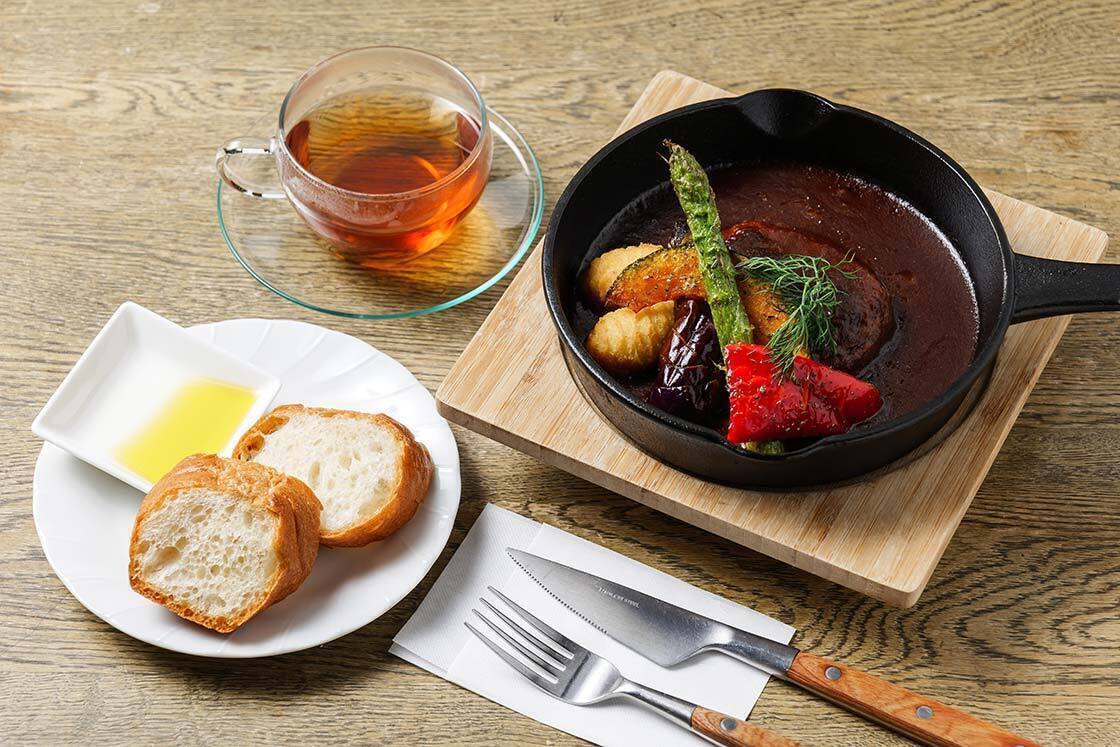
Day 2: Miyajima Cape in southern Tsurui
The tours on day 2 are centered around Miyajima Cape, located on the southern end of Tsurui and overlooking the marshes. You may wonder why it is called a "Cape" despite being landlocked and above sea level, but this is actually tied to the history of the region. The area that is now Kushiro Marsh used to be ocean, making Miyajima Cape a proper cape at the time. As the ocean receded, the marshes formed but the area kept its name. Still, the "Cape" offers a breathtaking view looking down toward the marsh that you can't get anywhere else.
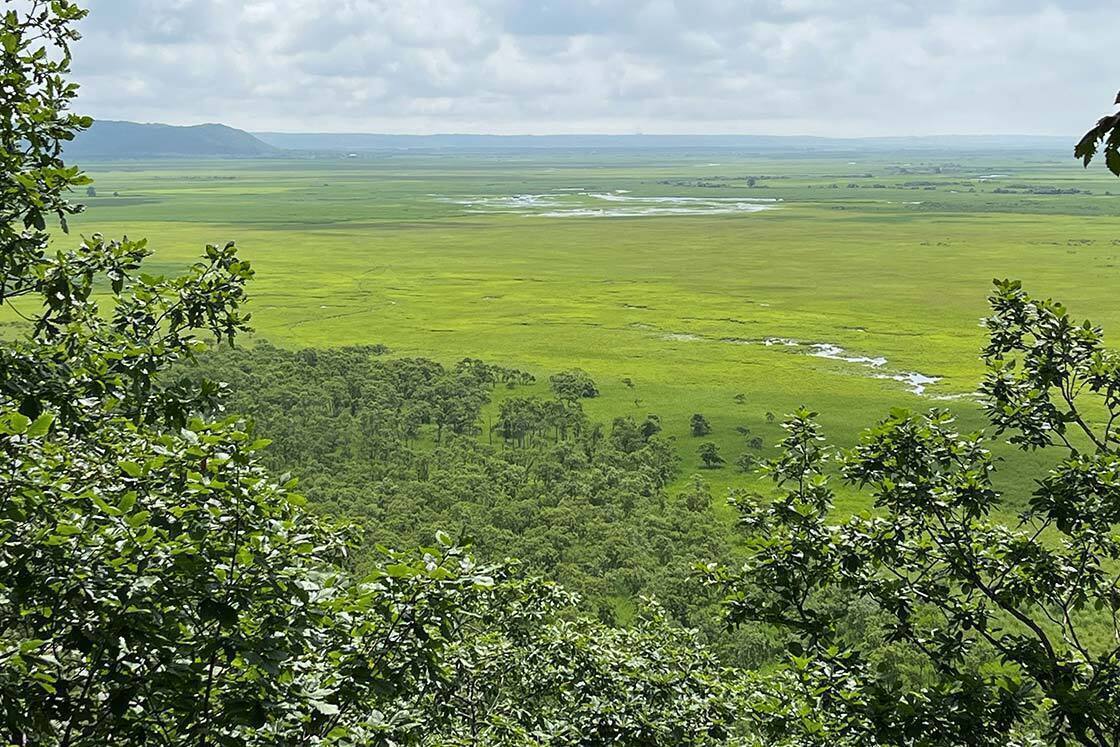
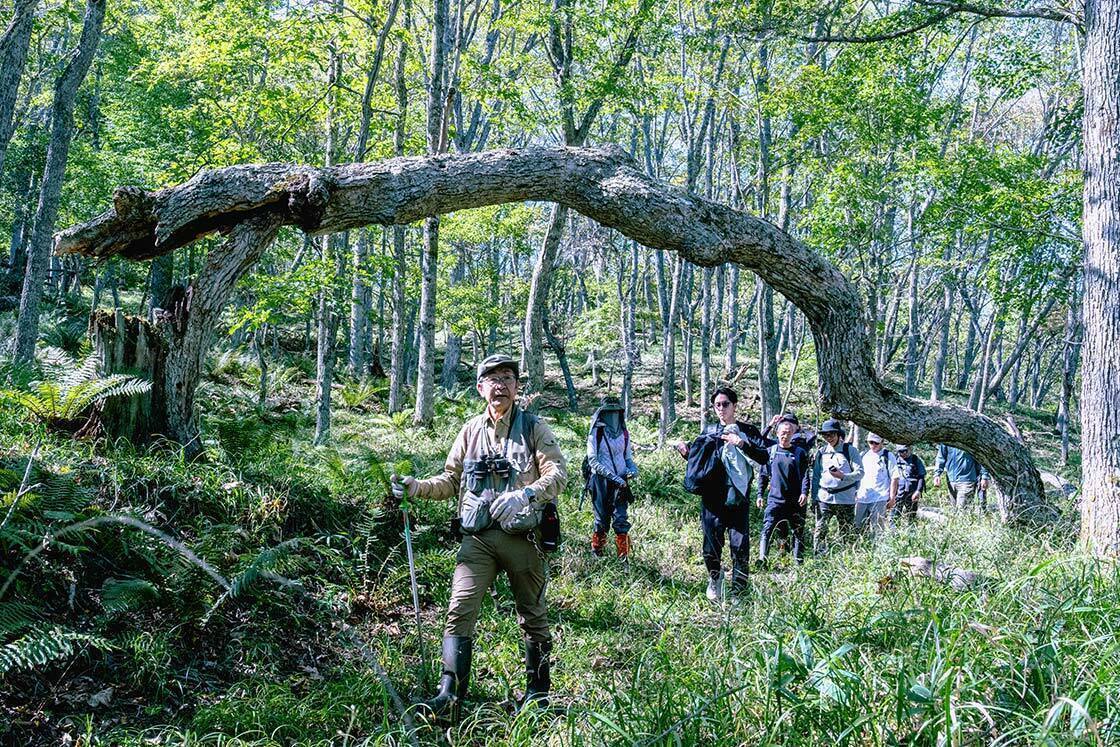
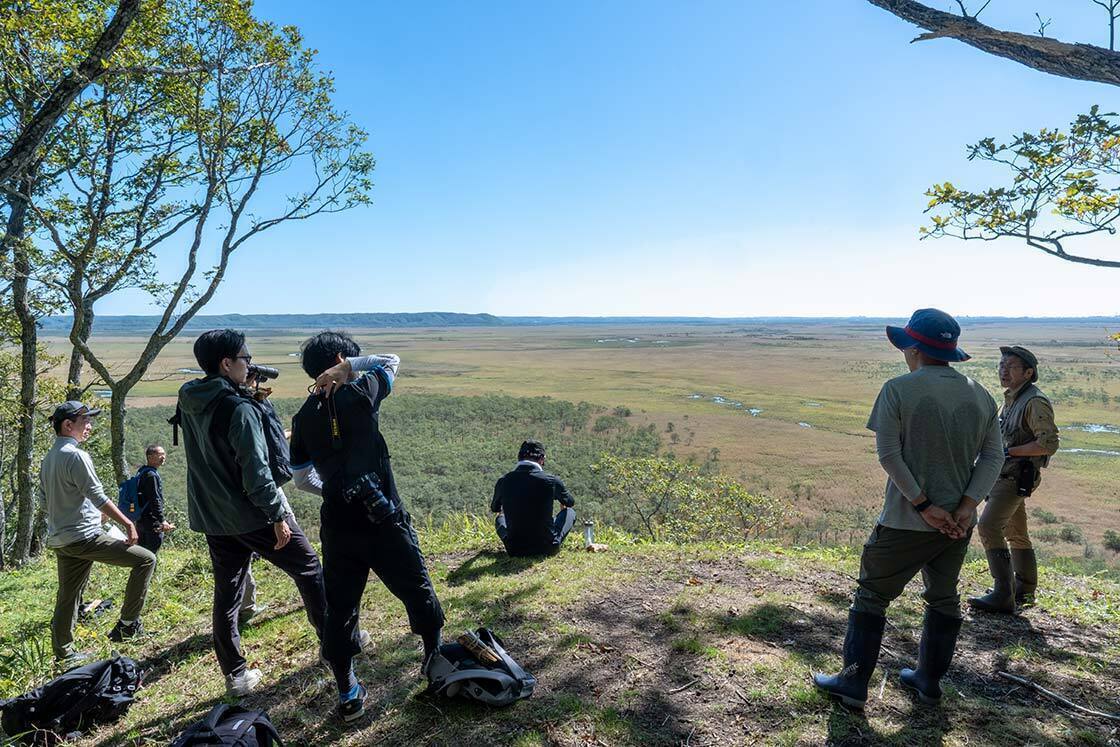
Another interesting tidbit - when people hear "Miyajima", most think of the island in Hiroshima famous for its floating torii gate. Miyajima Cape, however, has nothing to do with it. Instead, it is named after Tokuzaburo Miyajima, a local farmer who helped discover living Japanese red-crowned cranes in 1924 after they were long considered extinct.
Red-crowned cranes were found all across Hokkaido and mainland Japan up until the Meiji Period (1868-1912), when they were brought to the brink of extinction by overhunting and loss of habitat due to human expansion. They were thought to be completely extinct by the early twentieth century until Miyajima's discovery. Since then, the Japanese government, and Tsurui specifically, have made huge efforts at conservation. Nowadays, over 600 birds thrive in the marshlands. The birds flock to the Tsurui area during the winter period from November to March to be fed.
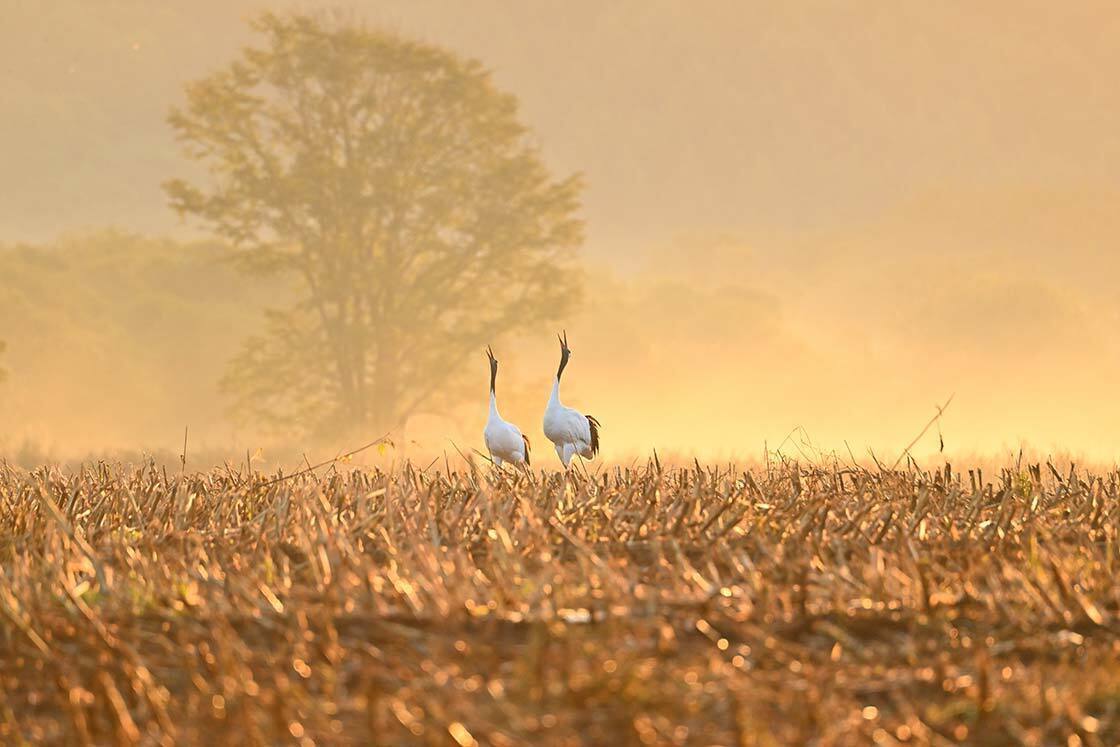
After exploring Miyajima Cape, we head back to Tsurui proper to relax in the saunas and hot springs. The Tsuruimura Shitsugen Onsen Hotel's water flows straight from weakly alkaline natural hot springs. They are considered sodium-chloride hot springs, making them good for treating muscle and joint pain. For those who would rather not go to the hot springs or sauna, you can walk around the village and visit the various red-crowned crane sightseeing spots.
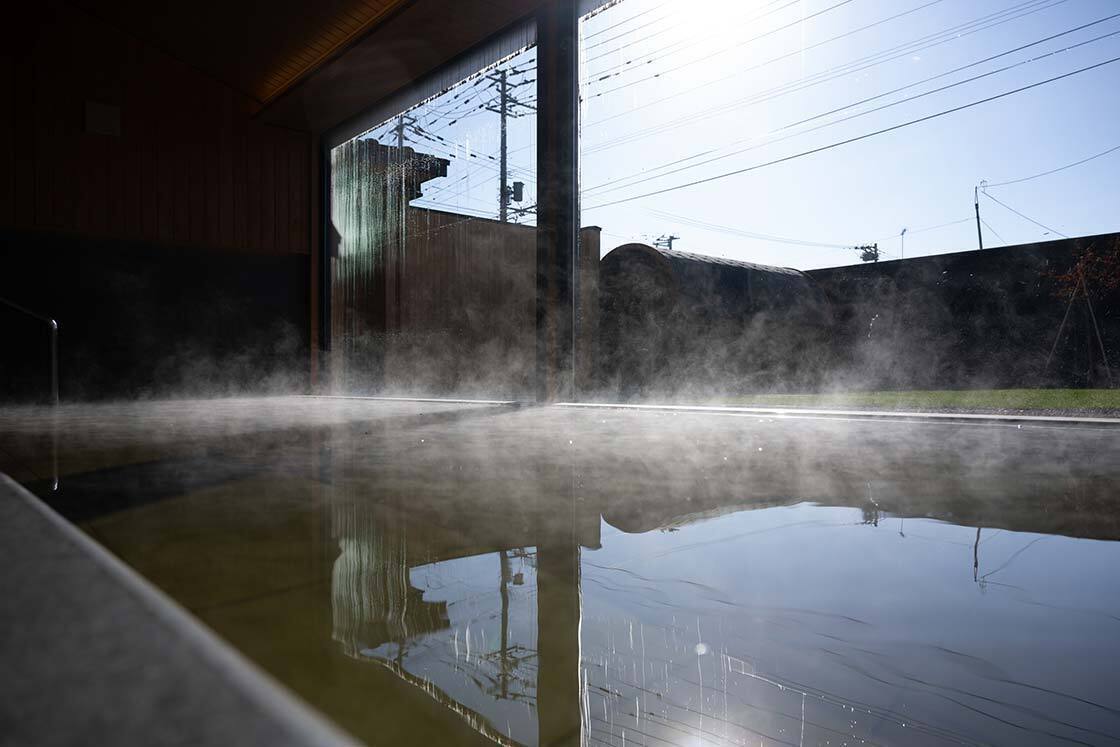
We are treated to a 5-course dinner at the Hotel Yume Koubou. The hotel focuses on using fresh, locally sourced ingredients from around Hokkaido that are in season. Each dish is carefully prepared with the ingredients in mind, and craft beer is provided by Tsurui's local craft brewery, Brasserie Knot. We end the night by heading back to take part in a nighttime trek up to Aishinai Observatory under a starry sky, taking in the tranquil surroundings.
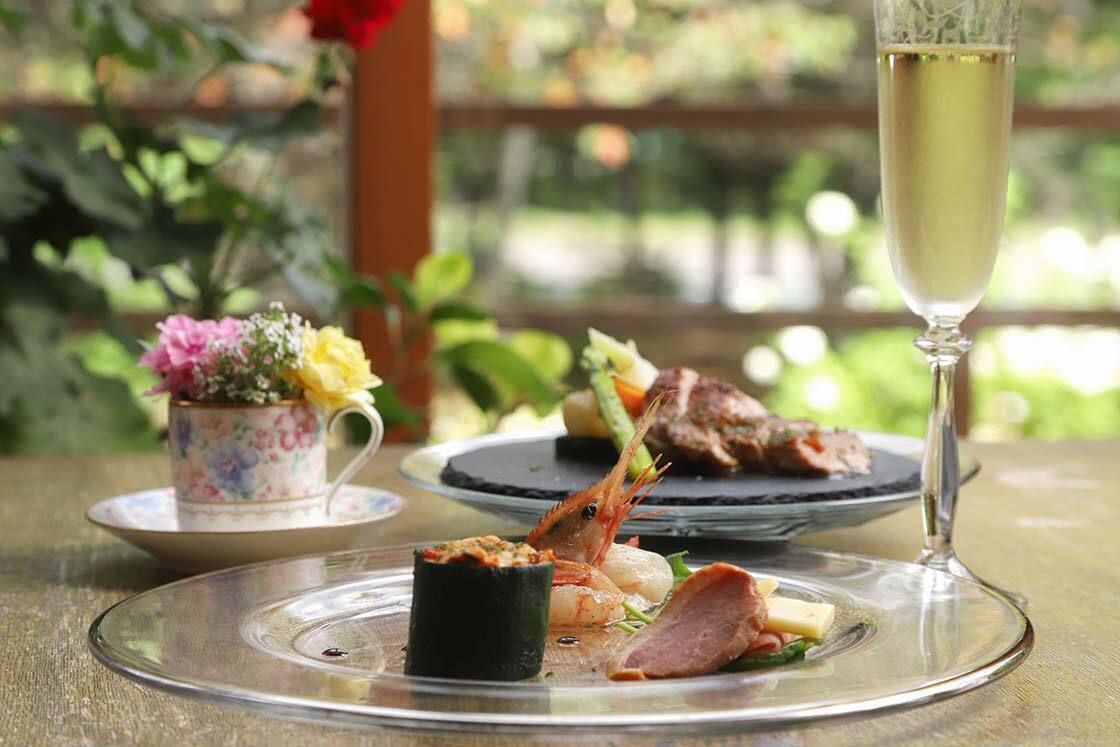
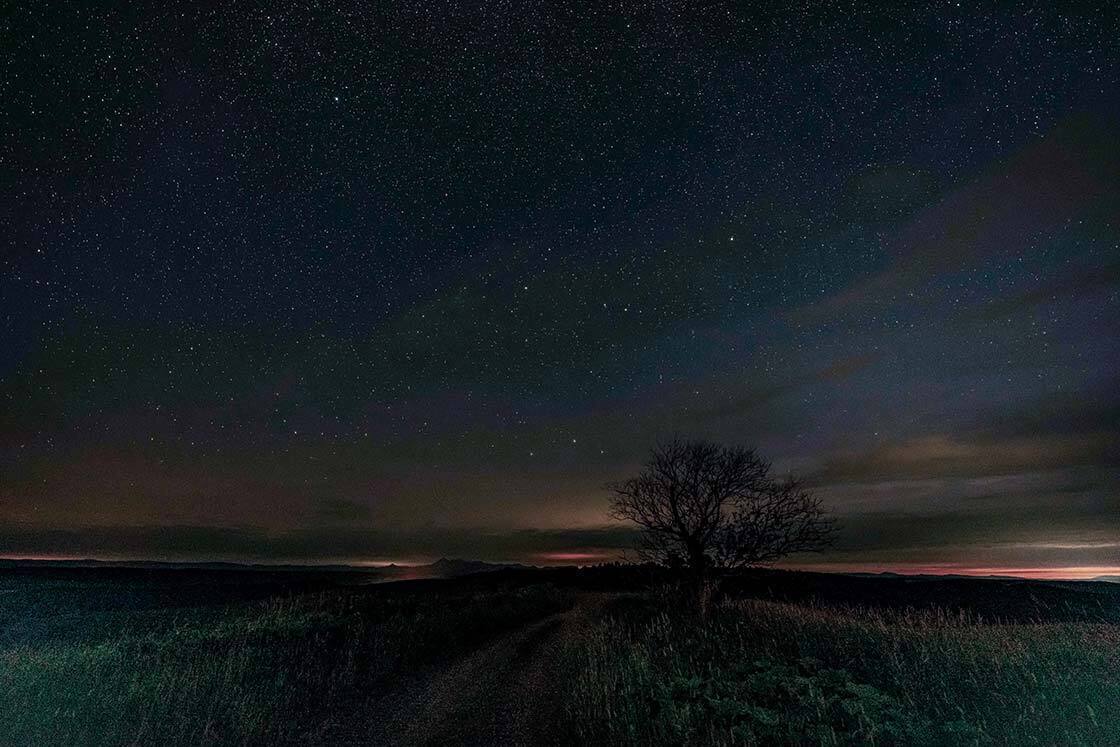
Day 3: Shopping and dining in Tsurui
Our third day starts at the hotel's cake shop. Their cakes use high-quality Hokkaido dairy products and are made with a desire to share the beauty of Tsurui with the rest of the world. They feature classic cakes like strawberry shortcake and chocolate cake, as well as adorable character cakes that almost look too good to eat!
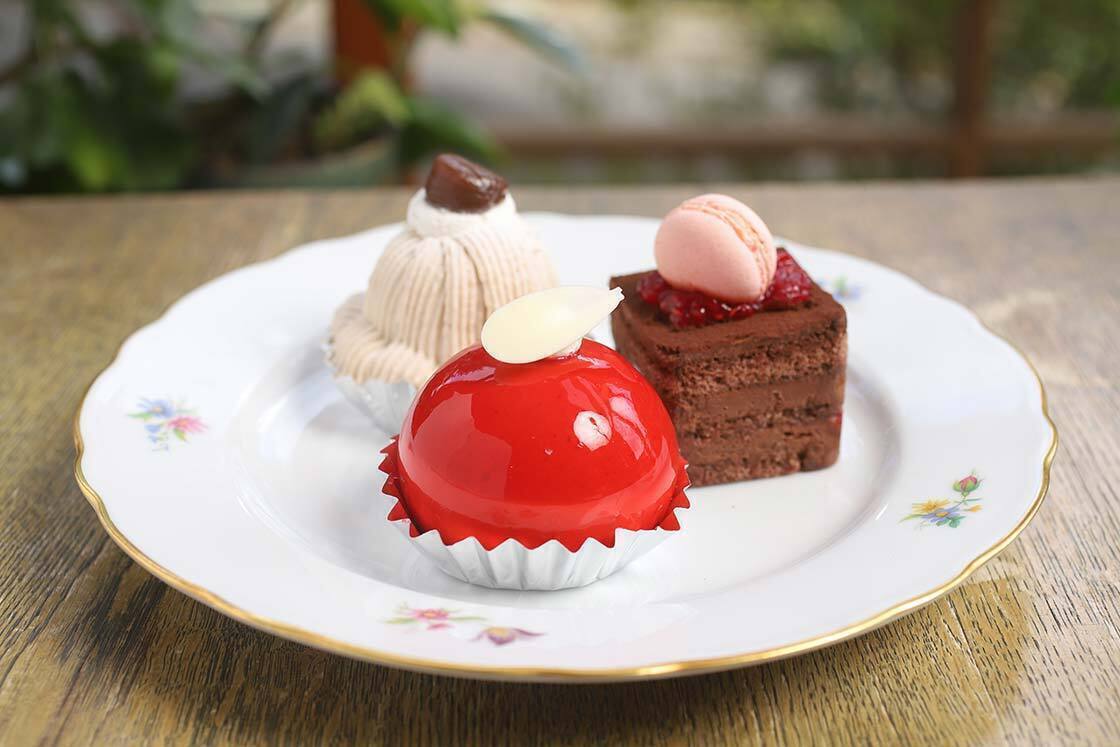
We then go into the city to do some shopping at the Tsurui Village Local Specialty Shop, which doubles as a tourism information center for the city and as a shop selling local Tsurui goods. They sell a variety of goods, like Tsurui natural cheese, local meats, and ice cream! It's the perfect place to grab some gifts to remember your trip.
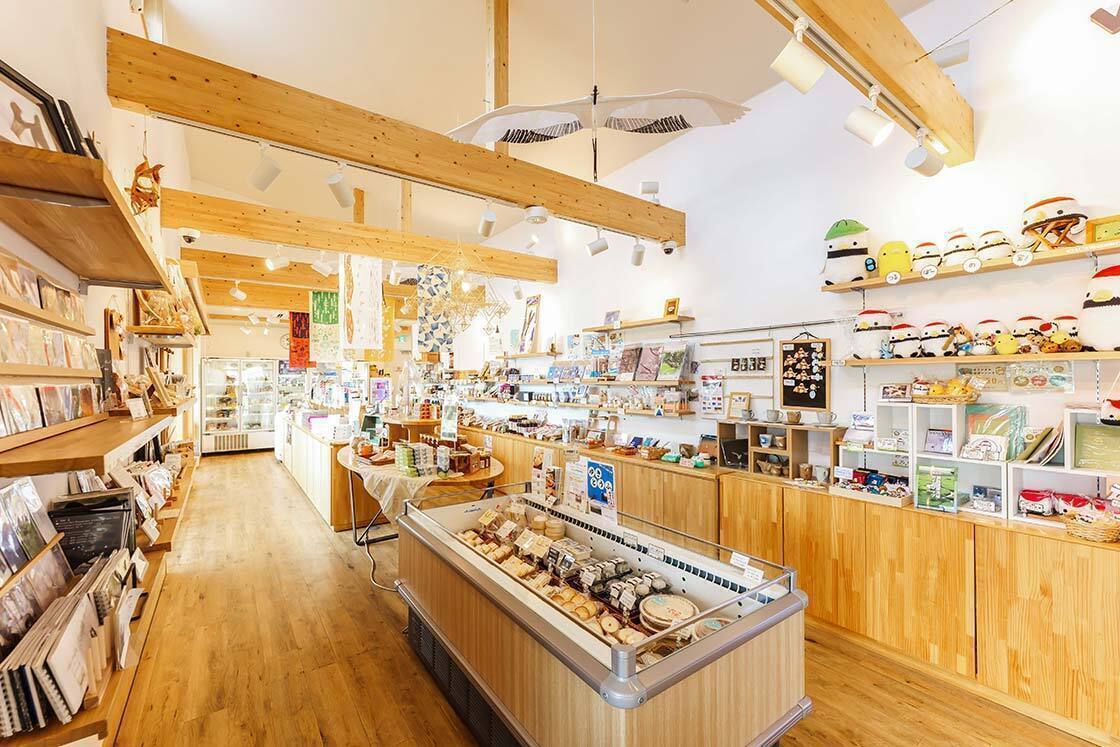
Before lunch we make our way to the former Mosetsuri Elementary School, which closed in 2004. Though the outside is unchanged and maintains its school-like facade, the inside, namely the gym, has been completely remodeled into a brewery. This is the base of operations for Brasserie Knot, the craft brewery whose beer we enjoyed the previous night.
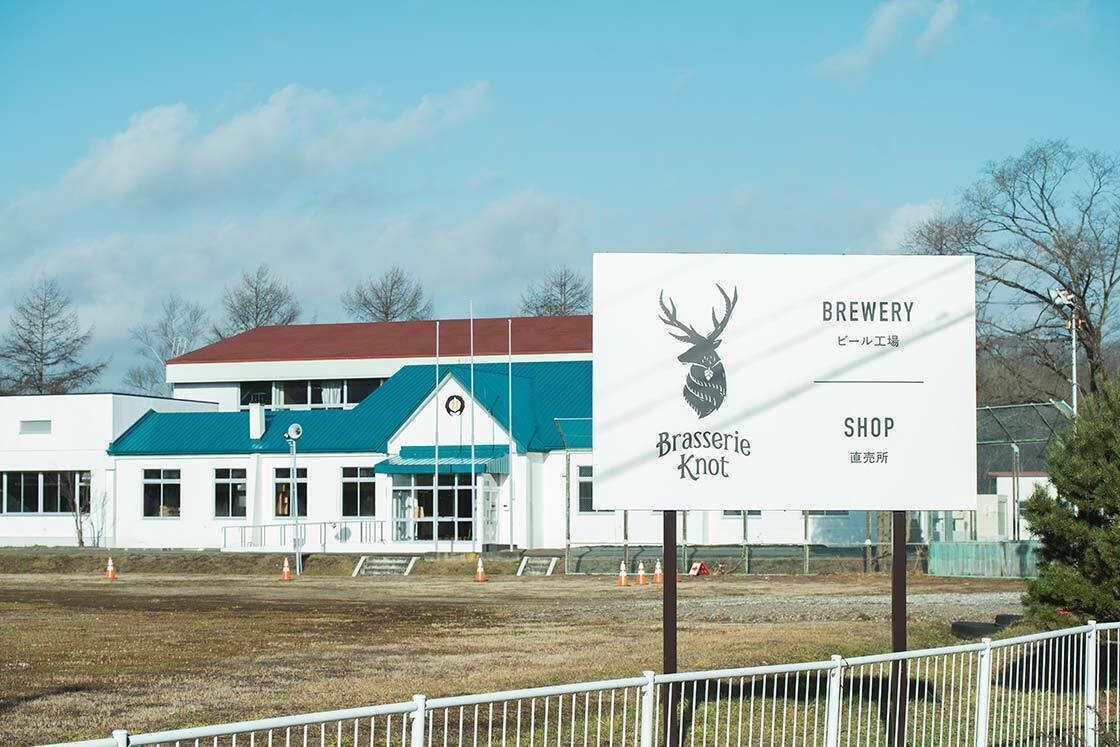
Founder Hiromi Uetake has made it his mission to pursue his own vision of craft beer while also helping craft beer grow in Japan by giving up-and-coming brewers the skills necessary to make beer. The brewery makes use of water from the mountains of Akan-Mashu National Park. Brasserie Knot's core lineup consists of 5 varieties of craft beer: Flower (Belgian wit), Bird (pale ale), Wind (IPA), Moon (double IPA), and Doto (Belgian IPA). They make seasonal beers as well, so make sure to keep an eye out when you visit.
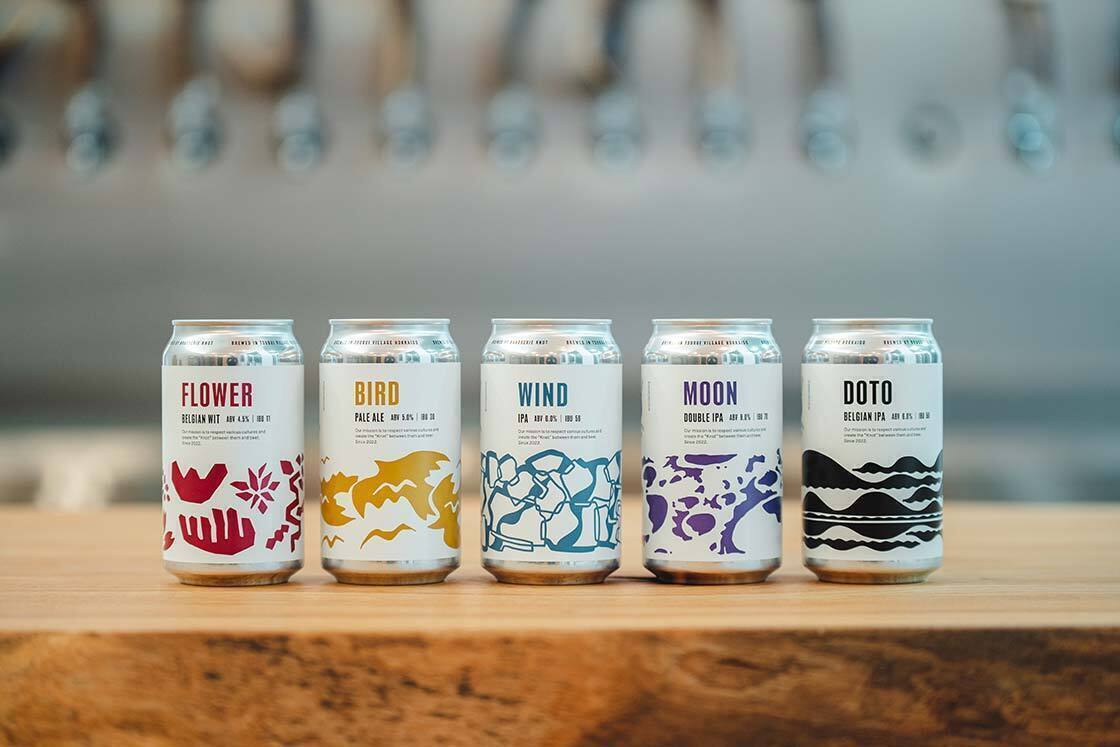
On the tour we get to see the inner workings of Brasserie Knot and see the detailed and involved brewing process of a craft beer brewery up close. After the tour, we get to taste some of their beer, too!
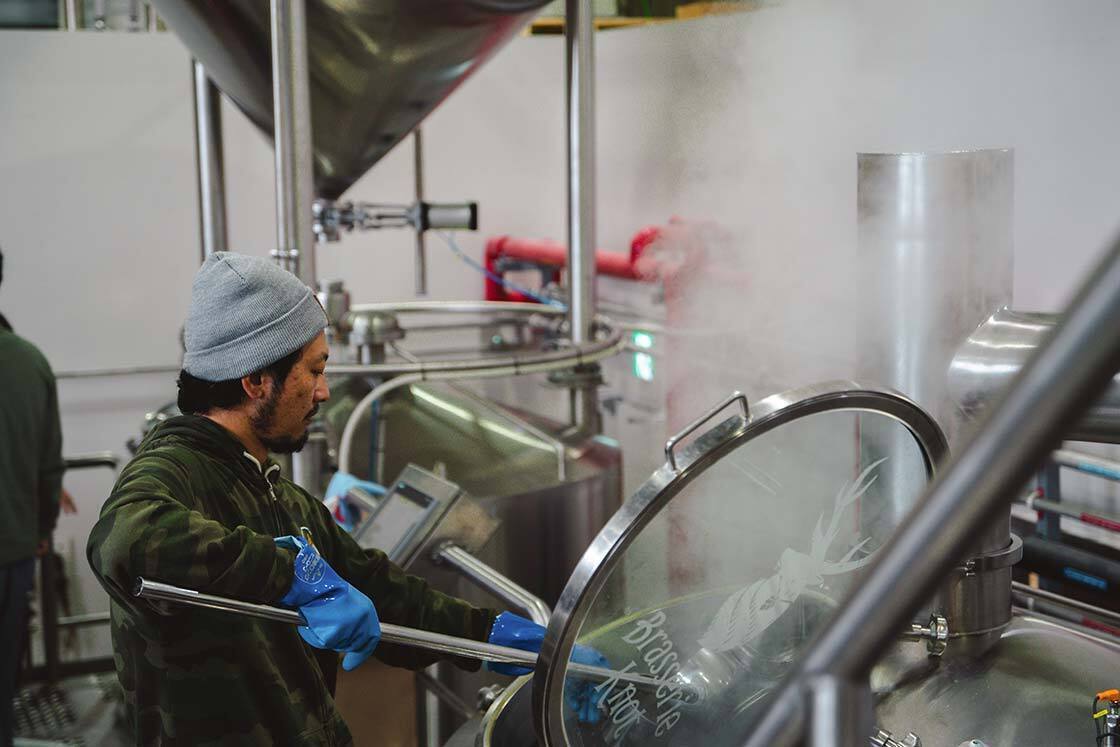
Finally, we return to the village to eat lunch at Heart'n Tree, a small cottage located on the outskirts of the village. Heart'n Tree refer to themselves as a "Dairy Farmer Support Group," and their mission is to share the joys of Tsurui with everyone and to create food that makes use of Tsurui dairy products and herbs grown right in their own garden! Their menu is full of fun twists on Hokkaido classics like soup curry and other dishes like pizzas that highlight Tsurui's dairy products.
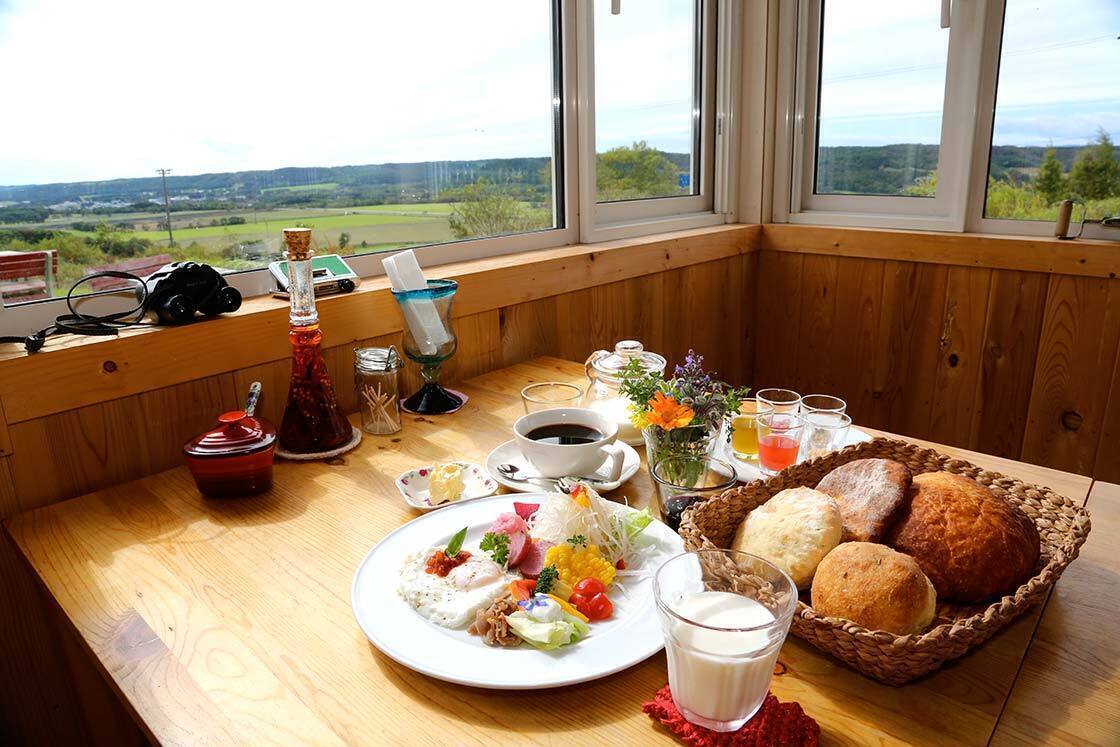
After lunch, we are driven back to Kushiro Airport to say our goodbyes. Truly a memorable trip!
Access
Tsurui is easily accessible by airplane or train. If coming by plane, first you have to fly to Kushiro Airport, which takes 45 minutes from New Chitose Airport in Sapporo, 1.5 hours from Haneda Airport in Tokyo, and roughly 2 hours from either Chubu Centrair International Airport in Nagoya or Kansai International Airport in Osaka. From the airport, it is either a 40-minute drive directly to Tsurui or a 45-minute bus to Kushiro City and a 60-minute bus from there to Tsurui.
If you're traveling by train, it is a 4.5-hour train ride from Sapporo to Kushiro, or a 1.5-hour ride from Obihiro (excluding the time to travel from Kushiro to Tsurui).